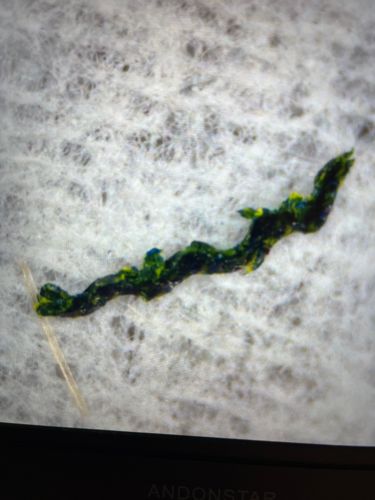Bagworm Moth Larva (Casemaking Bagworm)
Scientific Name: Thyridopteryx ephemeraeformis (or other species within Psychidae family)
Order & Family: Lepidoptera, Psychidae (Bagworm Moths)
Size: Larvae can grow up to 1-2 inches (2.5-5 cm) long, with their bags ranging from 1/4 inch to 2.5 inches (0.6-6.3 cm) depending on species and maturity.

Natural Habitat
Trees and shrubs in residential areas, forests, and orchards. The larvae construct bags from silk and environmental materials (leaves, twigs, bark).
Diet & Feeding
Herbivorous, feeding on the foliage of a wide variety of coniferous and deciduous trees and shrubs, including arborvitae, juniper, pine, spruce, cedar, sycamore, maple, and apple.
Behavior Patterns
The larva builds and lives inside a protective case (bag) made of silk and plant debris. It carries this bag everywhere for protection, only protruding its head and thorax to feed or move. Pupation occurs inside the bag. Adult males emerge as winged moths, while adult females are wingless and remain inside their bags, laying eggs and then dying.
Risks & Benefits
Risks: Can be significant pests in landscapes, causing defoliation, branch dieback, and even death of host plants, especially evergreens, if infestations are severe. Benefits: No significant direct benefits to humans, and their role in the ecosystem is primarily as herbivores that can, in natural settings, contribute to forest thinning or succession. Natural predators and parasites can help control populations.
Identified on: 9/7/2025